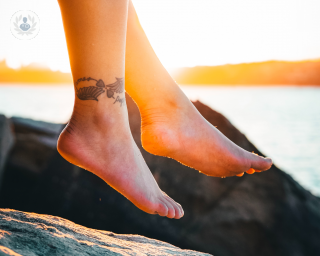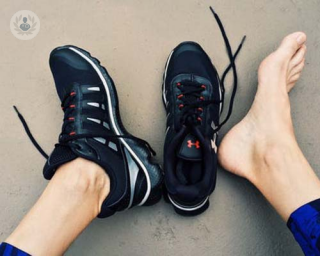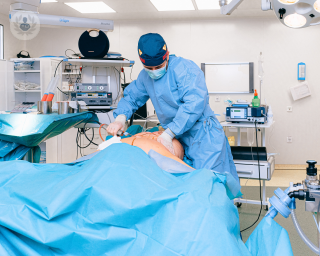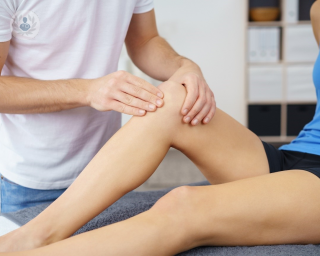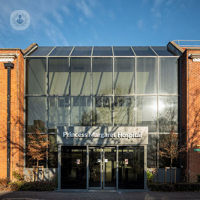Sprain
What is a sprain?
Sprains and strains are common injuries that affect muscles and ligaments and usually occur at the wrist, hand, ankle or leg. It can take about two weeks for a sprain to improve, with some taking a few months to fully recover.
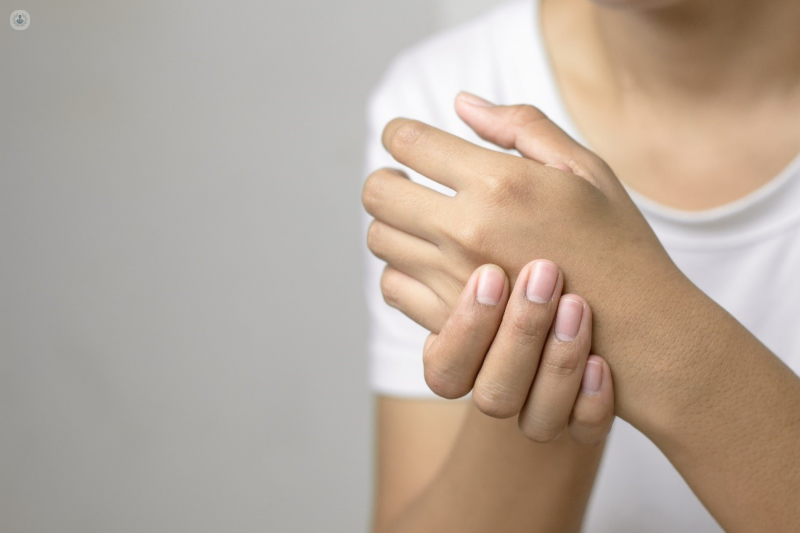
What are the symptoms of a sprain?
Common symptoms of a sprain include:
- Pain and tenderness around the area sprained, often the ankle, foot, wrist, knee and leg
- Swelling and bruising
- The sprained part of your body cannot be used as normal or carry much weight
- Muscle spasms or cramps
What causes a sprain?
Sprains can happen when you:
- Overstretch or twist a muscle
- Don’t warm up before exercising
- Have tired muscles
- Playing sports
How is a sprain diagnosed?
Sprains can be diagnosed with your GP, however, if you feel pain and inflammation after playing sports or twisting and find it hard to bare weight on that part of your body, then you more than likely have a sprain.
How is a sprain treated?
Most sprains can be treated at home, without intervention.
For the first few days following the sprain, the four steps of RICE therapy should be followed to help bring down the swelling and support the sprain.
1. Rest: avoid exercise and activities and don’t put any weight on the injury
2. Ice: apply ice or a bag of frozen vegetables to the injury for 20 minutes every two to three hours
3. Compression: wrap a bandage around the injury to give it support
4. Elevate: keep the injured muscle raised on a pillow as much as possible
It’s best to avoid heat, massages, hot baths and alcohol for the first few days. Even if exercise should be avoided, it’s recommended to keep moving the injured joint to avoid it becoming stiff. Strenuous exercise should not be carried out for at least eight weeks.
If pain worsens or doesn’t improve, visit your GP who will advise the next steps and suggest painkillers like paracetamol to ease the pain and ibuprofen to reduce inflammation. You may also be required to have an X-ray. Physiotherapy can help with sprains that are taking longer to heal.
If you suddenly get a high temperature and feel hot and shivery, you may have an infection and it is advised to call emergencies for advice.
